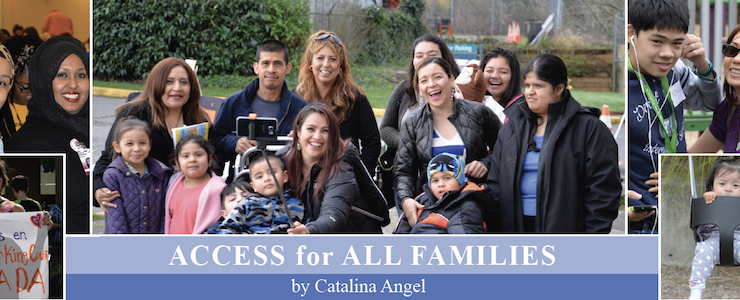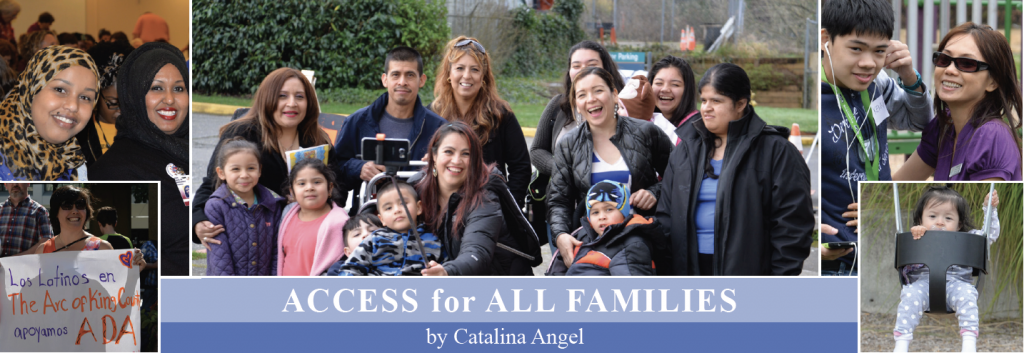As a first generation immigrant, and a parent of a child with disabilities, I have learned that the navigation of services comes with multiple cultural and linguistic barriers. It’s an unknown journey with so many pieces to pull together that families get overwhelmed.
Even when materials are translated into our own languages, the information and process is so complex and multi-layered that it’s much harder for us to access benefits. It’s easy for us to miss learning about substantial services that can help create a stable life for our family members with disabilities.
There is a great need for service systems and support organizations to reach out and connect with culturally and linguistically diverse families in ways that open doors for all families. We can’t ask for what we don’t know, which is why it’s so important for both families and professionals to connect and understand each other.
While there’s more work to be done to help bridge this gap in information and communication, the following resources are a starting place for families to get the help they need:
Parent to Parent Ethnic Outreach Coordinators and Resources
Ethnic Outreach Coordinators can direct you to community resources for your entire family, organized by county.
Office of Education Ombuds Publications and Resources in Multiple Languages
Requesting an Interpreter When Communicating with Schools, How Does a School District Work? Tips for Families to Help Address Bullying, and many more.
Open Doors for Multicultural Families
Culturally and linguistically relevant information, services, and programming to multicultural families of persons with developmental and intellectual disabilities. Primarily serving King County.
Patient Navigation Program at Seattle Children’s Hospital
Patient navigators can help families get care at Seattle Children’s if they have limited English proficiency.
Immigrants with Disabilities and Public Charge: Understanding Proposed Changes
From the Washington State Department of Children, Youth and Family Services
The “public charge” test has been part of federal immigration law for more than 100 years. It was created to identify people who may depend on government benefits as their main source of income. If the U.S. government determines someone is likely to become a “public charge,” they can deny admission to the U.S. or refuse an application for lawful permanent residency.
The government planned to change how it makes public charge decisions on October 15, 2019. However, on October 11, 2019, a federal court blocked implementation of the Department of Homeland Security’s public charge regulation. The order, issued by the U.S. District Court for the Southern District of New York in State of New York v. Department of Homeland Security and Make the Road New York v. Cuccinelli, blocked the regulation from taking effect on October 15. The new policy has not gone into effect, and the hold on implementation is indefinite at this time.
What Families Should Know
The proposed Public Charge policy changes are no longer an imminent threat. Families should not be concerned about enrolling in benefit programs they are eligible for, including Part C/Early Support for Infants and Toddlers (ESIT) services. Families who are concerned about the impact of using public benefits should get advice from an immigration attorney or accredited representative.
LEARN MORE
Read or download Considerations for Professionals Working with Culturally and Linguistically Diverse Families






